I really don’t want to write this post. But I have to.
 Several days ago, before it cancelled its Art in the Streets exhibition, the Brooklyn Museum was forced to do something that reversed a move I had celebrated: it dialed back its Friday nights hours, so that the galleries now must empty out by 6 p.m.Â
Several days ago, before it cancelled its Art in the Streets exhibition, the Brooklyn Museum was forced to do something that reversed a move I had celebrated: it dialed back its Friday nights hours, so that the galleries now must empty out by 6 p.m.Â
Last August, agreeing with my pleas for evening hours — most people, after all, work during the day, and are able to do leisure activities only at night — the BM’s director Arnold Lehman announced that the museum would remain open every Thursday and Friday night until 10 p.m.
As then museum board chairman Norman Feinberg said at the time:
The Board believes that the previous hours did not appropriately address the changing needs of its community. We are delighted, through this reorganization, to far better serve our visitors.
But economics got the better of the change. Lehman told me that crowds didn’t automatically come, that the museum had to aggressively publicize (naturally) the change, and that — more important — the museum had to do more than simply leave the doors open. It had to program the evenings, just as it programmed the days. Lehman told me this long before the reversal, in an entirely different conversation, so I believe him.
Now, as Lehman put it in the press release:
Although the difficult economy made it impossible to serve our visitors two evenings each week, based on our good experience with the history of First Saturdays, we believe that by focusing our resources on Thursday nights, we can more effectively serve our audience by presenting an increasingly dynamic and engaging schedule of programs each Thursday.
Beginning at 7 p.m. on Thursdays, the Brooklyn will offer tours, interviews, performance and film.
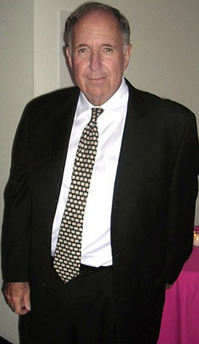 Pressed by my questions, Lehman responded:
Pressed by my questions, Lehman responded:
We wanted very much to hold onto weekday evening hours and, unfortunately due to economics, we were unable to continue to program both Thursdays and Fridays. As we already had a weekend presence with First Saturdays, we chose to continue with Thursdays for weekdays evening hours.
And the future?
What will happen in the future remains in the future.
The reversal came too soon in the experience, however, to make any definitive judgments. Truth is, school groups account for a lot of attendance at a lot of museums, including Brooklyn, and they must be accommodated during the day.
I am disappointed.
Photo Credits: Courtesy of the Brooklyn Museum
Â

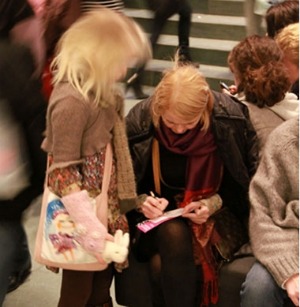 The feature is called “I went to MoMA and…” In it, the museum asked visitors to complete that sentence; MoMA then posted the responses on the web. Most of the ones I clicked on initially were irrelevant or vapid or both. For example:
The feature is called “I went to MoMA and…” In it, the museum asked visitors to complete that sentence; MoMA then posted the responses on the web. Most of the ones I clicked on initially were irrelevant or vapid or both. For example: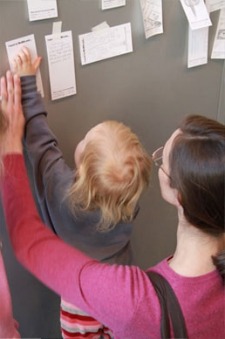 Looking at this, I was rather ambivalent and decided not to waste any more time. Then I clicked on MoMA’s
Looking at this, I was rather ambivalent and decided not to waste any more time. Then I clicked on MoMA’s  This is not a con. All you have to do is buy the June/July copy of Art in America. When I opened mine — call me old-fashioned, but as a writer I actually look at magazines from front to back, page by page — the first word of this gift came in the Editor’s Letter by my friend Lindsay Pollock. She explained that she was harking back to a 41-year-old project, when her predecessors commissioned artists to create removable original graphics that were bound into the magazine.
This is not a con. All you have to do is buy the June/July copy of Art in America. When I opened mine — call me old-fashioned, but as a writer I actually look at magazines from front to back, page by page — the first word of this gift came in the Editor’s Letter by my friend Lindsay Pollock. She explained that she was harking back to a 41-year-old project, when her predecessors commissioned artists to create removable original graphics that were bound into the magazine.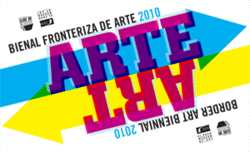
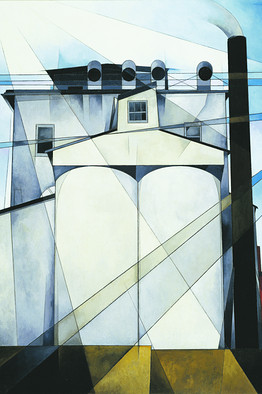 Inadvertently, the show makes two points. Gertrude Vanderbilt Whitney, the museum’s founder, bought “democratically,” supporting many artists, and it’s no wonder to me that in 1929 the Metropolitan Museum of Art turned downed her proposed donation and she instead founded her own museum. Indiscriminate buying is no way to stock a museum.
Inadvertently, the show makes two points. Gertrude Vanderbilt Whitney, the museum’s founder, bought “democratically,” supporting many artists, and it’s no wonder to me that in 1929 the Metropolitan Museum of Art turned downed her proposed donation and she instead founded her own museum. Indiscriminate buying is no way to stock a museum.